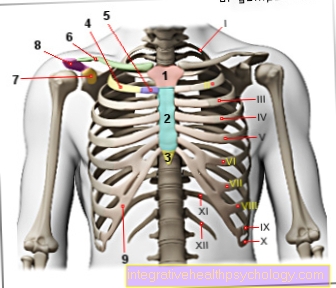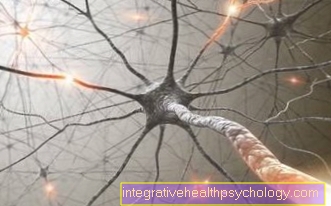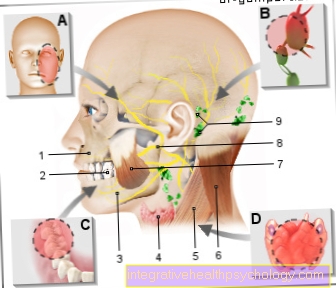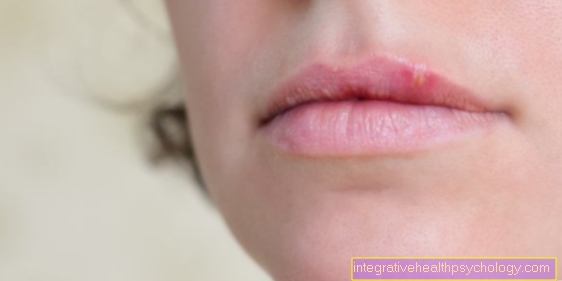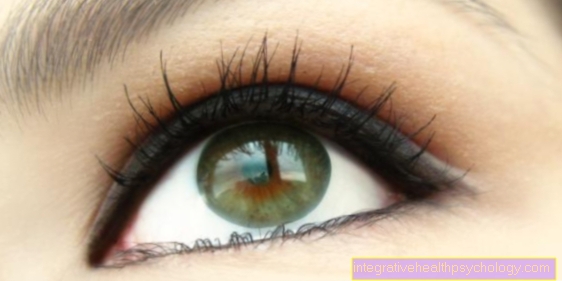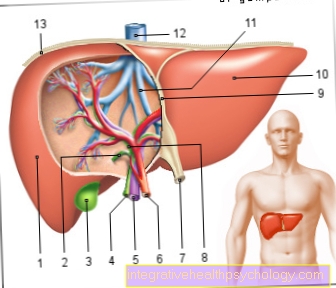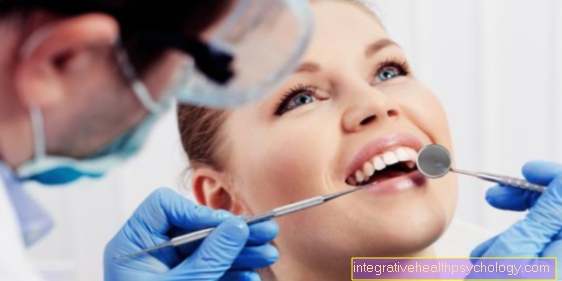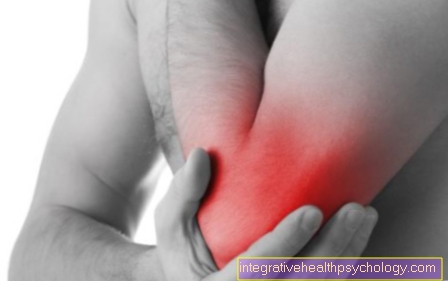Diagnosis

Welcome to diagnostics
On the following pages you will find useful information about the various methods of making a diagnosis and about the individual specialist areas.
Basics in diagnostics

Some examination methods are true classics when it comes to being able to make the correct diagnosis.
- The anamnesis
- This is what we mean by differential diagnosis
- The blood glucose test
- The blood test
- Clinical laboratory values
- The physical exam
Imaging diagnostics

It is often necessary to use imaging techniques to confirm a diagnosis. There are both methods in which X-rays are used and completely radiation-free variants.
- MRI
- Ultrasonic
- radiology
- Computed Tomography
- Electroneurography
- Scintigraphy
Diagnostics in ophthalmology

The eye is one of our most important sensory organs. Therefore, one should not be afraid to visit the ophthalmologist if something is wrong - many diseases can result in blindness.
- The fundus of the eye
- The intraocular pressure measurement
- The retinal examination
- The eye test
Heart and lung diagnostics

The heart and lungs are vital organs and keeping them healthy is of the utmost priority. Ultrasound is often used or an X-ray is taken.
- The stress ECG and long-term ECG
- The pulmonary function test
- The pleural puncture
- MRI of the heart
Diagnostics in the gastrointestinal area

The causes of organic complaints are often difficult for those affected to find out. "Internal" examinations often provide clarity here.
- Laparoscopy
- The gastroscopy, laparoscopy and colonoscopy
Gynecological diagnostics

In gynecology, an ultrasound examination is the standard practice. But there are a number of other diagnostic options that can be used, for example, in the event of pregnancy or a suspicion of a specific disease.
- The mammography
- The ultrasound
- The endoscopy
- Overview of gynecological diagnostics
Diagnostics during pregnancy
During pregnancy, numerous examinations are carried out to ensure the well-being of the unborn child and mother, to observe the child's growth and to be able to diagnose any diseases of the child before it is born.
- The most important examinations in pregnancy
- Ultrasound in pregnancy
- Check-ups during pregnancy
- The prenatal test
- The amniotic fluid test
Methods of examination in children

Numerous examinations are carried out in childhood in order to observe the child's development and to be able to intervene medically if irregularities or illnesses are found.
- U examinations
- Medical checkups in children
- Diagnosing ADD
- Autism test
- Body size determination
Sports medical diagnostics

Various diagnostic methods are used in sports medicine to assess the performance, resilience and circulatory function of the athlete.
- Sports medical examination methods
- Lactate performance diagnostics - indications and implementation
- Test procedure and evaluation of endurance performance diagnostics
- The ergometry
- Pulmonary function test
Dental diagnostics

In dentistry it is customary to first get an overview of the entire dental situation before treating a specific complaint. This is necessary in order to recognize possible connections.
- Fear of the dentist
- X-ray of teeth
- The tooth formula
- Overview of dental diagnostics













